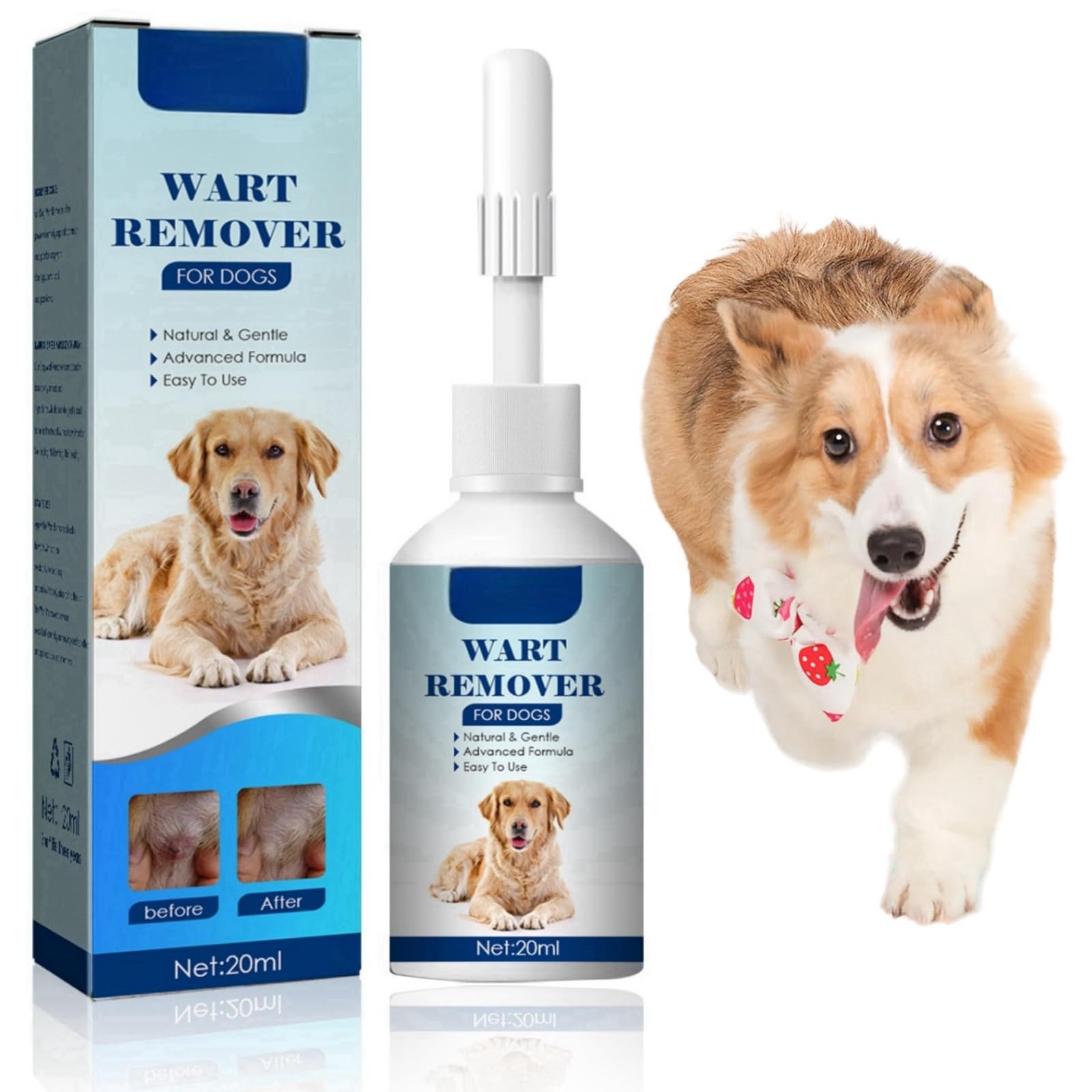Best Skin Tag Remover For Dogs

A tiny bump, a seemingly insignificant blemish, yet a source of worry for countless dog owners. Skin tags, those harmless-yet-unsightly growths, can appear on our canine companions, prompting immediate questions and a frantic search for solutions. While generally benign, their presence raises concerns about comfort, potential irritation, and, in some cases, underlying health issues. Navigating the world of dog skin tag removal can be overwhelming, with a plethora of remedies and conflicting advice available.
This article delves into the various options for addressing skin tags on dogs, providing a comprehensive overview of effective treatments, safety considerations, and preventative measures. We'll explore both veterinary and home-based approaches, offering a balanced perspective to help you make informed decisions for your furry friend's well-being. It's crucial to understand that a vet's assessment is paramount for diagnosis and determining the most appropriate course of action.
Understanding Skin Tags on Dogs
Skin tags, also known as acrochordons, are small, soft, benign growths that protrude from the skin surface. They're typically flesh-colored or slightly darker and often found in areas where there is friction, such as the armpits, groin, and around the neck. While the exact cause of skin tags in dogs isn't fully understood, factors like genetics, obesity, and irritation are thought to play a role.
It's important to distinguish skin tags from other skin conditions, such as warts, tumors, or cysts. A veterinary examination is essential to accurately diagnose the growth and rule out any potentially serious conditions. Self-treating without a proper diagnosis can be dangerous and may delay necessary medical care.
When to See a Veterinarian
While most skin tags are harmless, certain signs warrant immediate veterinary attention. If the skin tag is growing rapidly, changing color, bleeding, or causing your dog discomfort, seek professional help. These symptoms could indicate a more serious underlying issue, such as a cancerous tumor.
A veterinarian can perform a thorough examination, potentially including a biopsy, to determine the nature of the growth. They can also advise on the most appropriate removal method based on the size, location, and characteristics of the skin tag. Ignoring suspicious skin growths can have severe consequences for your dog's health.
Veterinary Treatment Options
Veterinary medicine offers several effective methods for removing skin tags on dogs. The choice of treatment depends on factors such as the size, location, and number of skin tags, as well as the dog's overall health.
Surgical excision is a common method, particularly for larger skin tags. This involves surgically cutting off the skin tag, usually under local or general anesthesia. Electrocautery, which uses heat to burn off the skin tag, is another option. Cryotherapy, which involves freezing the skin tag with liquid nitrogen, is also a popular choice. These procedures are generally quick and effective, but do require a vet’s consultation.
Laser removal is also becoming increasingly popular, offering a precise and less invasive approach. This method uses a laser to vaporize the skin tag, minimizing bleeding and scarring. It is considered to be the most accurate removal procedure.
Home Remedies: Proceed with Caution
The internet is rife with home remedies for removing skin tags on dogs, ranging from apple cider vinegar to tea tree oil. While some owners report success with these methods, it's crucial to exercise extreme caution.
Many home remedies lack scientific evidence and may be ineffective or even harmful. Applying harsh substances to your dog's skin can cause irritation, inflammation, and infection. Always consult with your veterinarian before attempting any home remedy.
Some owners use dental floss to try and tie off the base of the skin tag, cutting off its blood supply. This method can be risky and painful for your dog. Attempting to remove a skin tag yourself can lead to infection and scarring if not done properly.
Prevention and Management
While it may not always be possible to prevent skin tags from forming, certain measures can help reduce the risk. Maintaining a healthy weight is crucial, as obesity is thought to be a contributing factor.
Regular grooming and hygiene can also help prevent skin irritation, which may contribute to skin tag development. If your dog is prone to skin tags, check them regularly for any new growths or changes in existing ones. Monitor your dog for excessive scratching or licking at the area.
Future Trends in Skin Tag Removal
The field of veterinary dermatology is constantly evolving, with ongoing research into new and improved methods for treating skin conditions in animals. Future trends in skin tag removal may include more targeted and less invasive therapies, such as topical medications or advanced laser technologies.
Research into the underlying causes of skin tags could also lead to more effective preventative strategies. This may involve identifying genetic predispositions or developing dietary interventions to reduce the risk of skin tag formation. Continued innovation in veterinary medicine promises to provide dog owners with even better tools for managing their pets' health and well-being.
Ultimately, choosing the best skin tag remover for your dog requires careful consideration and consultation with a veterinarian. Prioritizing your dog's safety and well-being is paramount when addressing any health concern. Remember that while skin tags are often harmless, a professional diagnosis and treatment plan can ensure the best possible outcome for your furry companion.


















